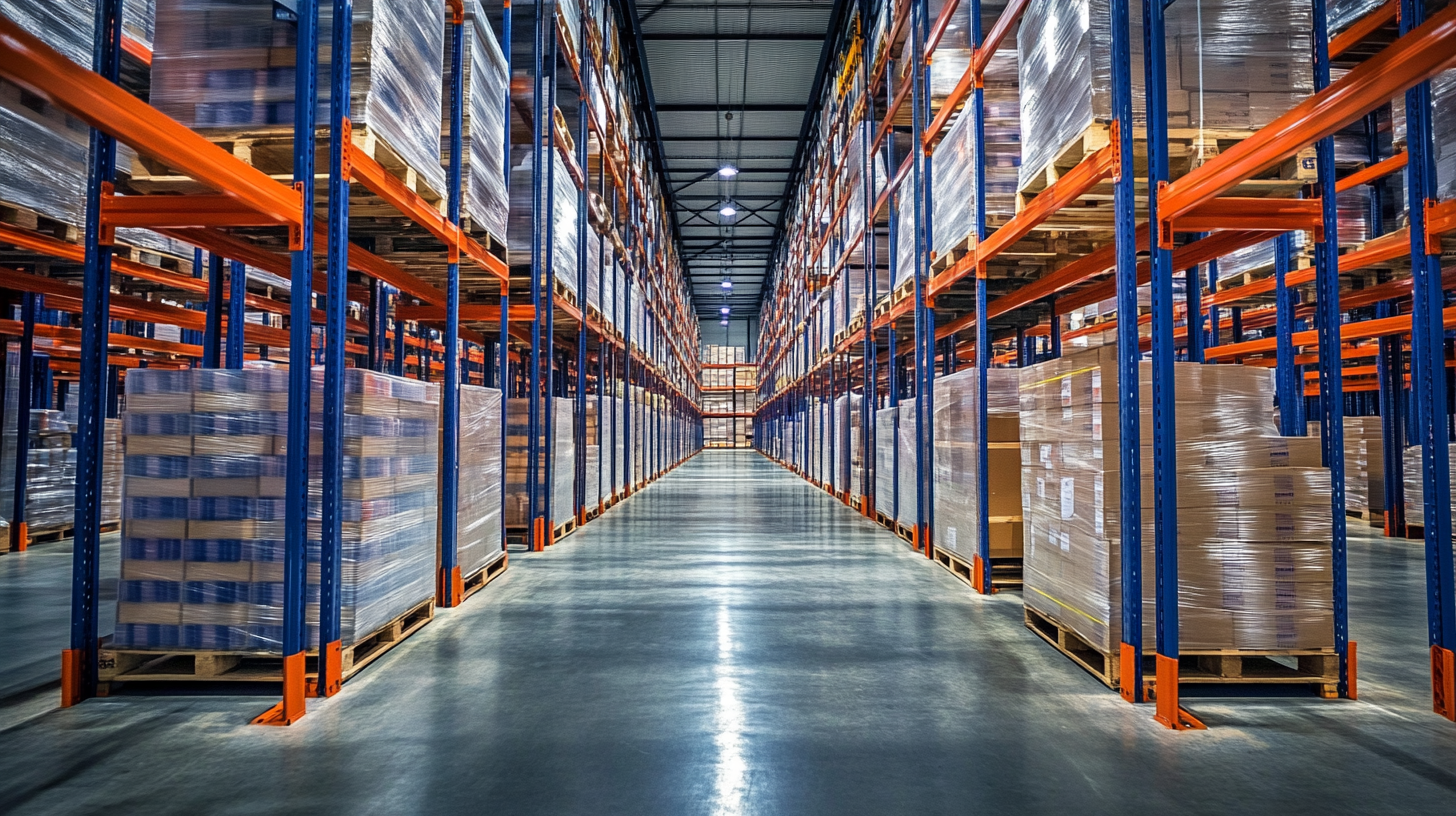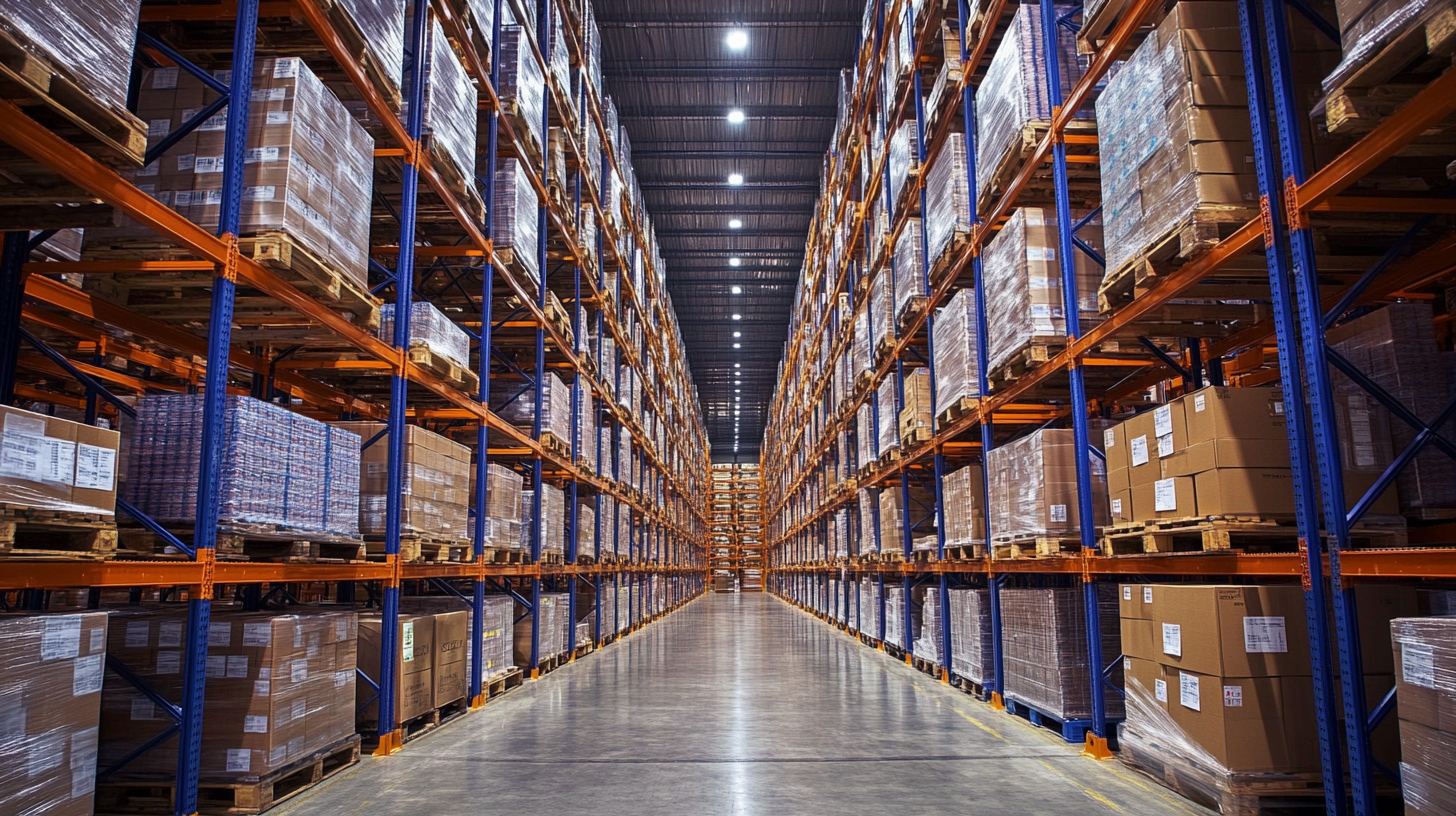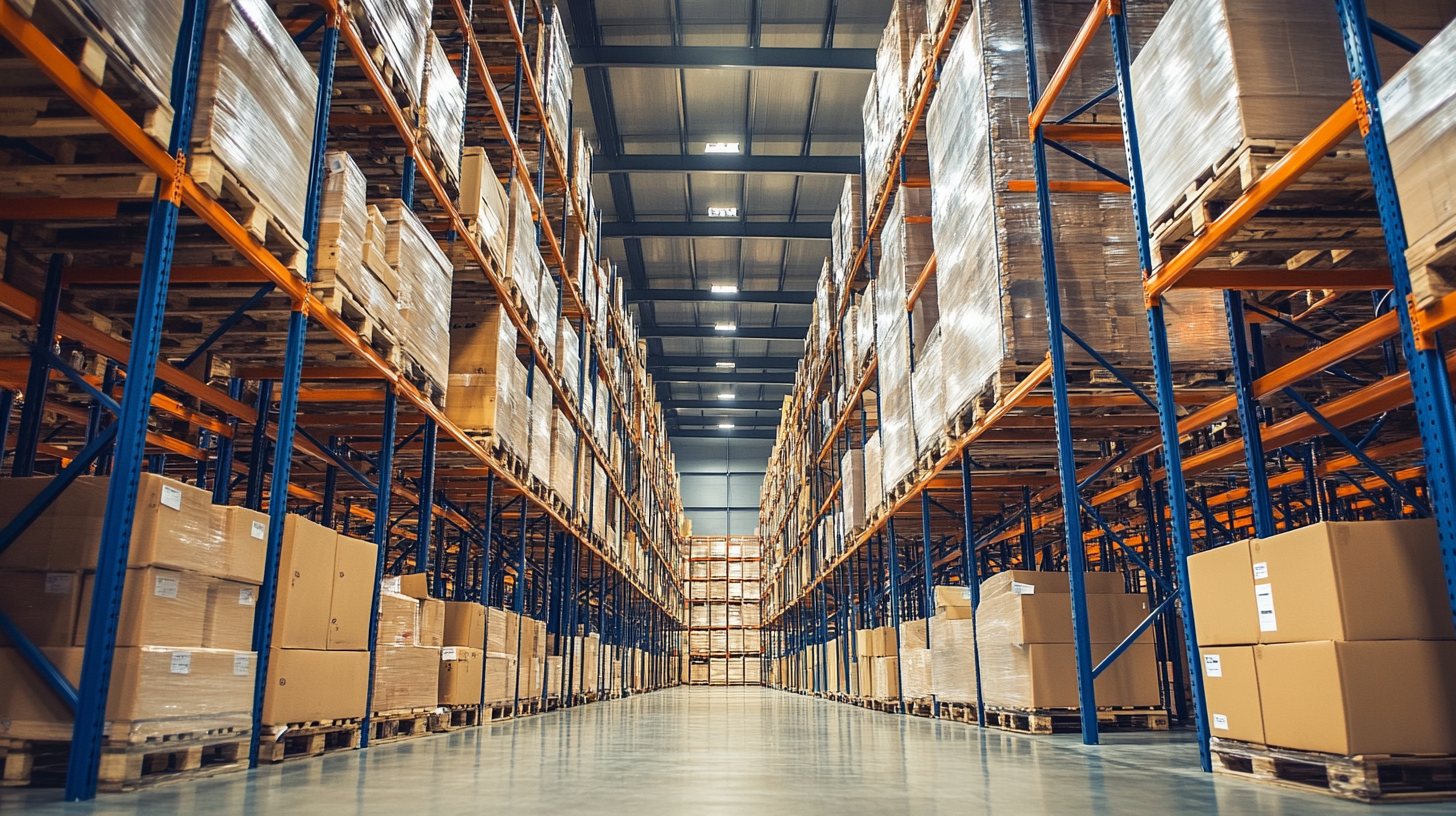The Future of Best Pallet Racking Systems: Innovations Shaping Warehouse Efficiency
 In the ever-evolving landscape of warehouse management, the efficiency of storage solutions plays a pivotal role in determining operational success. Among the myriad of storage options available, Pallet Racking Systems stand out for their versatility and capacity to optimize space. However, as businesses strive to enhance productivity and streamline inventory management, these systems are not without their challenges.
In the ever-evolving landscape of warehouse management, the efficiency of storage solutions plays a pivotal role in determining operational success. Among the myriad of storage options available, Pallet Racking Systems stand out for their versatility and capacity to optimize space. However, as businesses strive to enhance productivity and streamline inventory management, these systems are not without their challenges.
From safety concerns to structural limitations, the problems associated with conventional pallet racking can hinder warehouse performance. As we look toward the future, innovative designs and technologies are emerging to reshape the way we view and utilize pallet racking systems.
This blog will explore the current issues facing these storage solutions and highlight the groundbreaking innovations that promise to enhance efficiency in warehouses around the globe.
The Evolution of Pallet Racking Systems: Understanding Alternatives for Warehouse Efficiency
The landscape of pallet racking systems is continuously evolving, driven by the need for greater efficiency in warehouse operations. Traditional racking systems, while effective, often fall short in accommodating the dynamic demands of modern logistics. As warehouses become increasingly automated, alternative systems such as drive-in, push-back, and cantilever racking are gaining traction, allowing for enhanced space utilization and faster inventory turnover.
Among these alternatives, mobile racking systems are emerging as a game-changer. By minimizing aisles and maximizing vertical space, they allow for significantly increased storage capacity. This innovative approach not only accelerates picking processes but also reduces the time and labor involved in managing inventory. Additionally, advancements in technology, such as RFID tracking and integration with warehouse management systems, enhance the overall functionality of these racking solutions, offering real-time visibility and streamlined operations.
Adopting these innovative alternatives not only contributes to improved efficiency but also supports sustainability goals, as better space management can lead to a reduced carbon footprint. As warehouse demands continue to shift, the focus on adaptable and efficient racking solutions is likely to shape the future of supply chain management significantly.
The Future of Best Pallet Racking Systems: Innovations Shaping Warehouse Efficiency
| Dimension | Traditional Racking | Drive-In Racking | Mobile Racking | Cantilever Racking |
|---|---|---|---|---|
| Storage Density | Low | High | Medium | Medium |
| Accessibility | Good | Limited | Excellent | Good |
| Installation Cost | Low | Medium | High | Medium |
| Forklift Requirements | Standard | Specialized | Specialized | Standard |
| Best For | General Use | Bulk Storage | High Turnover | Heavy Items |
Innovative Materials in Pallet Racking: Enhancing Durability and Load Capacity
The evolution of pallet racking systems is significantly influenced by innovative materials, aimed at enhancing durability and load capacity in warehouses. Recent reports from the Warehousing Education and Research Council (WERC) highlight that modern materials such as high-strength steel and advanced composites are being utilized in pallet racks, resulting in weight capacities that exceed traditional systems by up to 20%. This not only optimizes space utilization but also ensures safety, as stronger racks reduce the risk of structural failure under heavy loads.
When considering a pallet racking system, it’s essential to choose materials that align with your operational needs. Tips for improving warehouse efficiency include evaluating the load requirements for specific products, opting for racks with higher load capacities to future-proof investments, and selecting materials that require minimal maintenance. The latest innovations allow for lighter, yet stronger configurations, which can lead to increased warehouse agility.
Furthermore, incorporating modular designs that use durable materials can drive flexibility. Benefits of modular systems include the ability to easily reconfigure storage layouts as inventory needs change while maintaining structural integrity. Adopting innovative materials and designs not only supports current operational demands but prepares warehouses for the rising complexities of supply chain management.
Automated Pallet Racking Solutions: Transforming Warehouse Operations with Technology
Automated pallet racking solutions are revolutionizing warehouse operations, enhancing efficiency, and reducing operational costs. According to a recent report by Grand View Research, the global automated storage and retrieval system (ASRS) market is expected to reach $9.3 billion by 2026, growing at a compound annual growth rate (CAGR) of 10.9%. This surge is driven by the increasing demand for fast-paced service in the e-commerce sector, where speed and accuracy are paramount.
These innovations leverage advanced technologies such as robotics, artificial intelligence, and real-time data analytics to optimize inventory management and streamline the picking process. For example, automated guided vehicles (AGVs) can seamlessly navigate through the warehouse, retrieving and delivering pallets with precision. A study from Harvard Business Review highlights that companies implementing these automated systems report an average improvement of 30% in operational efficiency, alongside significant reductions in labor costs and human error.
Furthermore, the integration of Internet of Things (IoT) technology with pallet racking systems allows for enhanced monitoring and maintenance. Real-time tracking of inventory and equipment not only minimizes downtime but also facilitates better decision-making regarding stock levels and warehouse layout. As these technologies continue to evolve, they promise to drive even greater innovation in warehouse operations, setting a new standard for efficiency in logistics.
The Future of Best Pallet Racking Systems
This chart illustrates the percentage improvement in warehouse efficiency with the implementation of various automated pallet racking technologies over recent years. As automation technology advances, efficiency notably increases, showcasing a shift towards more innovative storage solutions.
Sustainable Practices in Pallet Racking: Environmental Benefits of Eco-Friendly Alternatives
The growing emphasis on sustainability in warehouse operations has ignited a shift towards eco-friendly pallet racking systems. A recent report by the Sustainable Warehouse Council reveals that implementing environmentally-friendly materials can reduce overall energy consumption by up to 30%. This reduction not only lowers operational costs but also aligns with corporate responsibility goals, which are becoming increasingly important for businesses across various industries.

One innovative approach is the use of recycled steel in pallet racking construction. According to the Environmental Protection Agency, steel is one of the most recycled materials globally, boasting a recycling rate of around 88%. By opting for recycled steel, warehouses can significantly diminish their carbon footprint while maintaining robust structural integrity.
Additionally, modern racking systems that are designed for easy disassembly and reuse further enhance sustainability, allowing companies to adapt to changing inventory needs without compromising environmental values. These advancements not only contribute to better warehouse efficiency but also play a crucial role in protecting our planet for future generations.
Cost-Benefit Analysis of Alternative Pallet Racking Systems: Maximizing ROI in Warehousing
In today's rapidly evolving logistics landscape, conducting a cost-benefit analysis of alternative pallet racking systems is critical for maximizing ROI in warehousing operations. According to a recent study by Gartner, businesses that invest in modern racking solutions can see up to a 30% increase in storage efficiency and a 25% reduction in operational costs compared to traditional systems. Innovations such as selective racking, drive-in racking, and automated storage systems are not just buzzwords; they represent significant advancements that can lead to a more agile and responsive warehouse environment.

Moreover, an analysis by the Warehousing Education and Research Council (WERC) highlights that utilizing specialized racking systems can enhance inventory management accuracy by as much as 50%. This improvement reduces the costs associated with stock discrepancies and increases customer satisfaction through more reliable order fulfillment. As companies pivot towards e-commerce and on-demand supply chains, the strategic choice of pallet racking systems becomes a crucial factor in achieving long-term financial benefits and operational effectiveness. With the right investment, warehouse operators can not only optimize space but also create a scalable foundation for future growth.

